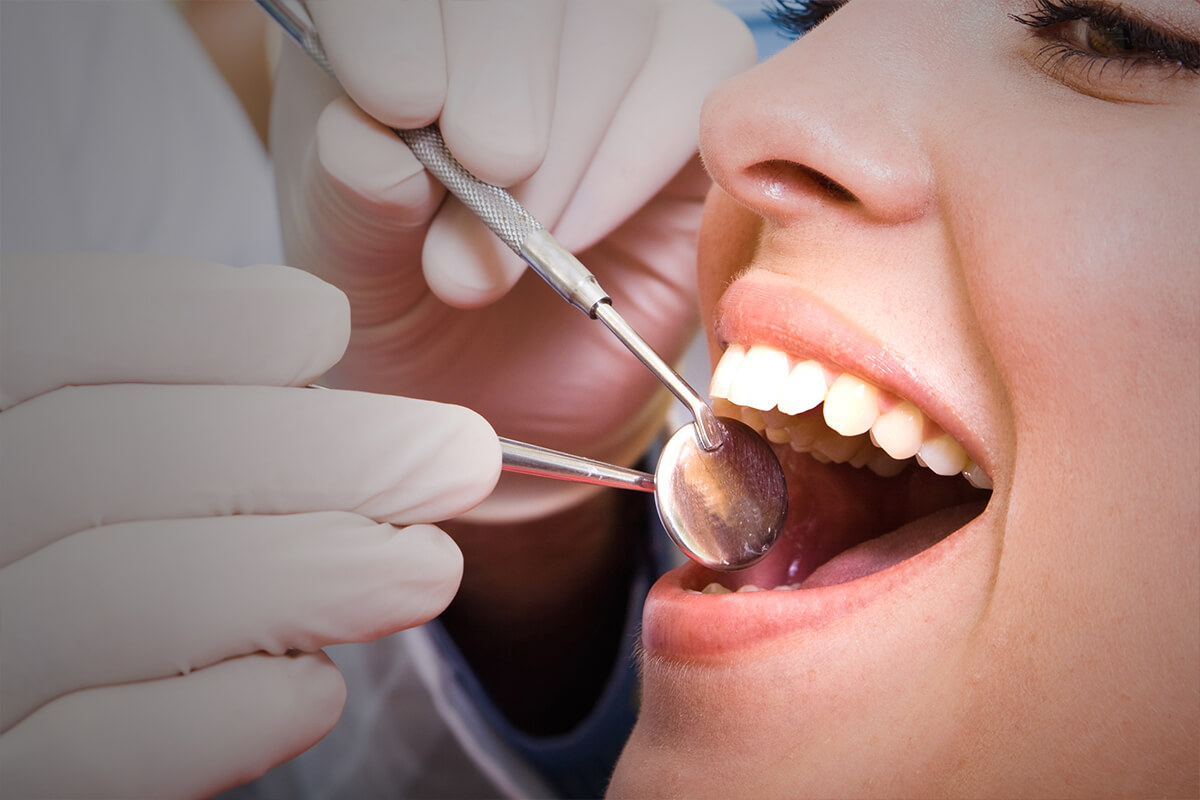
Periodontics
Periodontics pertains to the dental field dedicated to preventing, diagnosing, and treating periodontal disease. Specialists in this field undergo additional dental training, focusing on preserving the function, health, and appearance of the jawbone and oral tissues.
Research suggests that gum disease might be potentially associated with atherosclerosis, heart disease, strokes, premature births, diabetes, and respiratory diseases.
What Causes Periodontal Disease?
Periodontal disease is triggered by bacteria within dental plaque. Plaque refers to the sticky substance that accumulates on teeth. When bacteria accumulate, the immune system's cells release substances to combat these microbes. This response leads to inflammation and damage in the gums, periodontal ligament, and alveolar bone, resulting in swollen and bleeding gums.
Implications of Periodontal Disease The infection typically initiates in a localized area but has the potential to spread and progress into moderate to advanced gum disease. Localized gum recession can occur due to over-brushing with a hard bristle brush or mispositioned teeth.
Moderate/advanced gum disease:These symptoms manifest when the gums appear bleeding, swollen, or red around the teeth, indicative of moderate to advanced gum disease. Additionally, during this stage, the jawbone might start to recede.
Before crown lengthening: The periodontist may perform a procedure to increase tooth exposure by removing surrounding soft tissue, aiming to lengthen the tooth's crown.
Ridge augmentation:Often termed "recontouring," this procedure might be necessary to rectify an uneven gum line.
How to prevent Periodontal Disease?
- Practice good oral hygiene
- Visit your dentist often
- Brush and floss daily
- Lessen smoking and tobacco use
- Correct misaligned or crowded teeth





